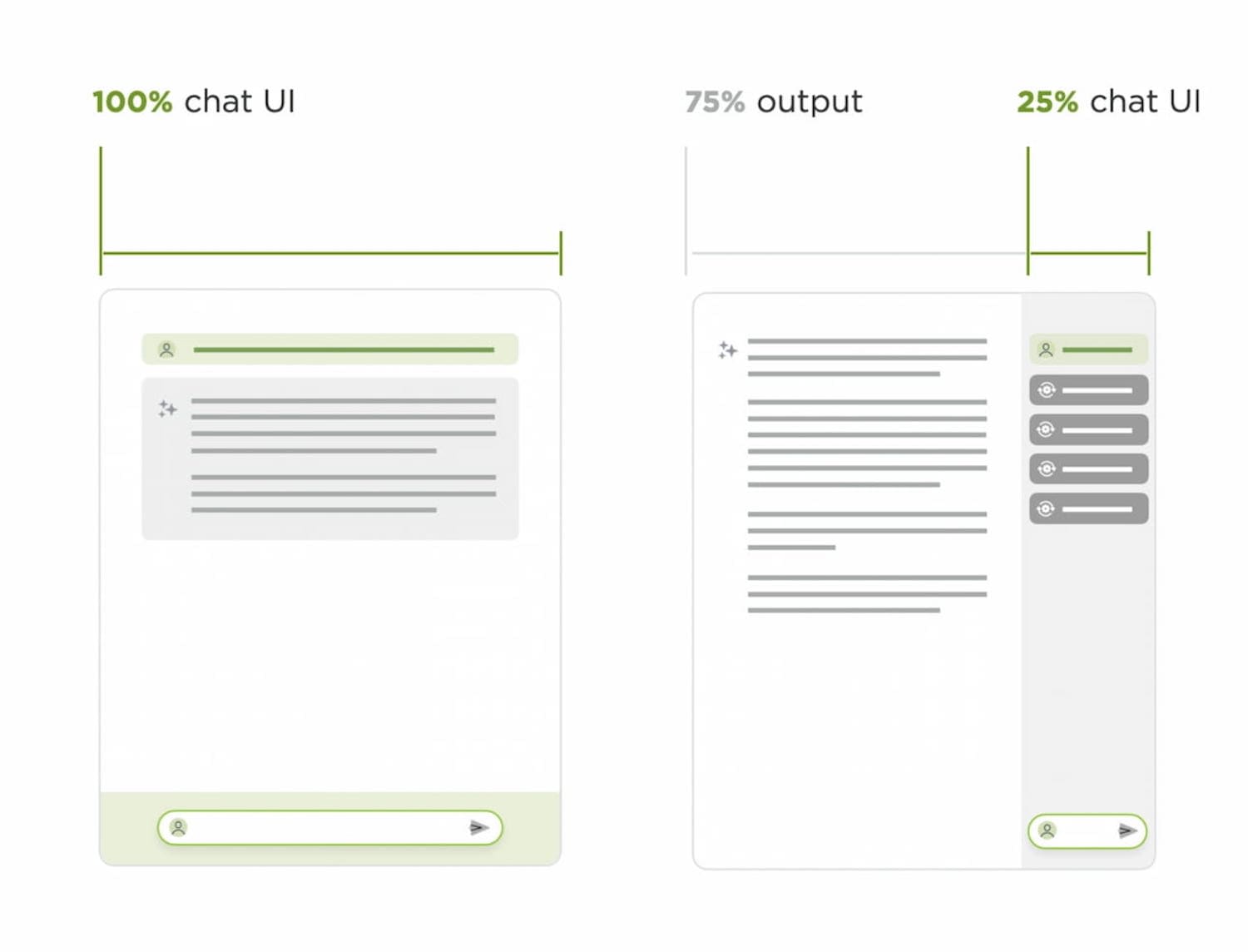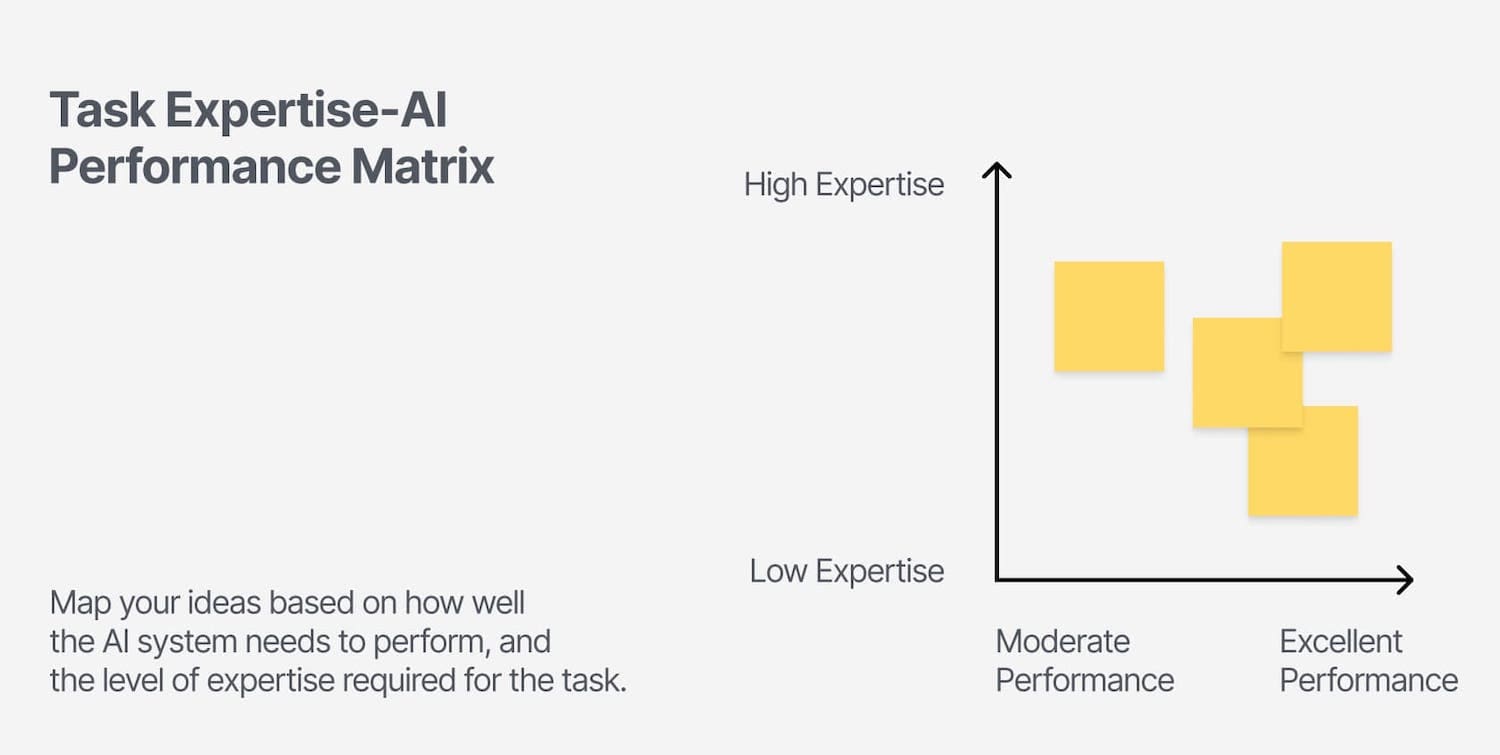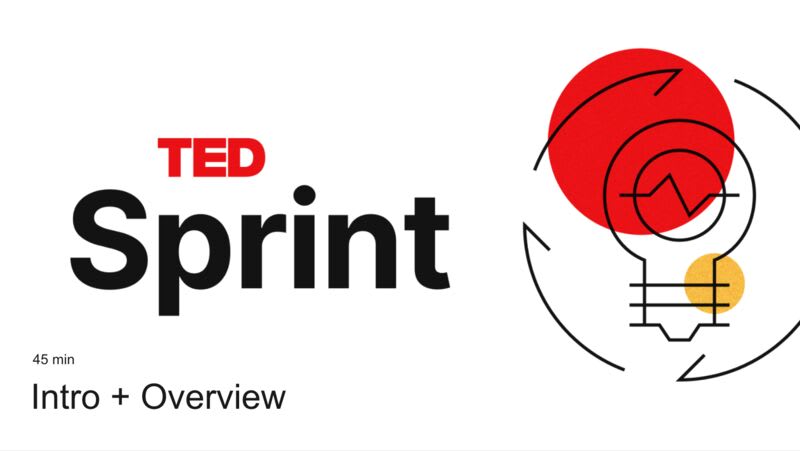AI Tools For Designers
Useful AI tools for portraits, editing, illustrations, video, headlines, CTAs, doodles and textures.
I have to admit that I used to be very skeptical about the entire topic of AI and algorithmic design, and how it is going to change and shape design on the web. To the point that I was reluctant to even try out Midjourney and DALL-E — there were enough of artifacts produced by those tools all around the web.
My attitude changed entirely when I encountered Erik Kennedy's take on AI in his recent newsletter. Erik suggested a few AI tools for research and inspiration in the design process, and it has started an entire rabbit hole trip for me.

An incredible result generated by Lexica Aperture for a 'portrait of a master chocolate maker in an artisan chocolate shop'.
Useful AI Design Tools #
Below are some of the tools that I've discovered, and I hope that you will find them useful as well:
-
For AI portraits and photos, use Lexica Aperture,
-
For AI-generated model photos, use Generated.photos,
-
For AI-generated rare photos, use Raretifacts,
-
For AI image editing, use Lensa,
-
For AI headlines and CTAs, use ChatGPT,
-
For AI textures, icons, visual assets, use DALL-E,
-
For AI logos, use LogoAI,

This set of headphones has never existed — except in the AI's imagination. Designed with Raretifacts.
-
For AI font picking, use ChatGPT,
-
For AI image retouching, use Background Remover or Remove Background,
-
For AI color palette generator, use Khroma,
-
For AI image upscaling, use Let's Enhance,
-
For AI video generation, use Synthesia,
-
For AI doodles generator, use Autodraw,
-
For AI eye-tracking/heatmap testing, use Visualeyes,
-
For AI avatar generator, use StarryAI,
-
For AI mock-ups generator, use uizard.
Surely there are plenty of other AI tools available out there, and Futurepedia features 100s of of small and large AI tools that might come in handy for a project.
And if you are looking for a showcase of specific AI outputs, there is a growing repository of AI Prompts as well.
A Little Bit Odd, A Little Bit Cold #
The results produced by AI are quite remarkable, but they are far from perfect. Sometimes you'll end up with weird artefacts for human hands and typography, and sometimes results feel extremely polished and unnatural. AI’s output can work as-is, but often it won’t — and will require human intervention.
A problematic part is that AI systems are trained on existing work by creatives, building on top of individual human contributions, which is highly questionable on its own. This goes for illustrations, UI design and headlines. Still, the output always feels... a little bit odd and a little bit cold. And if you want to adjust it, there aren't enough tools to make those refinements and tiny adjustments as needed.
That doesn't mean that we shouldn't be using AI as a research tool though. It actually works really well for research, be it quick brainstorming or exploration. It also is great at collecting data, but also structuring and making sense of it. In fact, there is a lot of value in the output that might provide actionable insights within seconds.
Wrapping Up #
AI is interesting. It probably deserves the attention it gets, and the best results will come with advanced tooling allowing us to granularly adjust AI's output. But hopefully the tools listed above will help you get there. That’s a pretty good start, especially if you are as skeptical about AI as I was just a few weeks ago.



